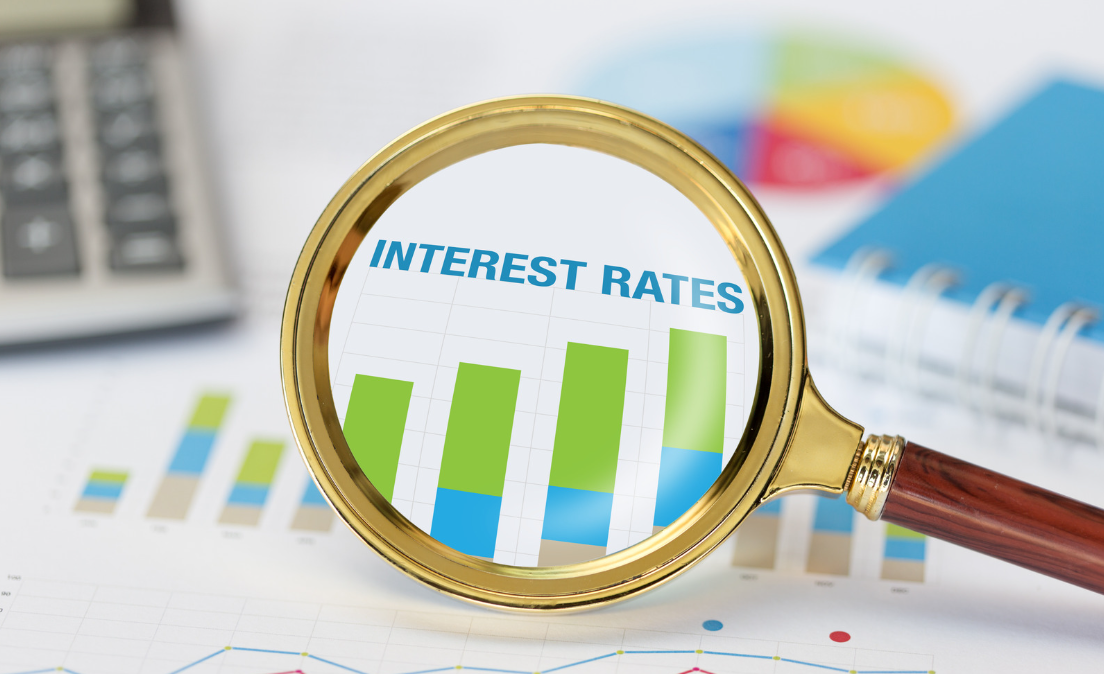An interest rate cap is a financial instrument used to limit the maximum interest rate on a variable or adjustable-rate loan. Here’s how it works and why it’s used:
Definition and Purpose
Interest Rate Cap: It is a contract or feature that sets an upper limit on the interest rate that can be charged on a variable-rate loan or financial product. This means that no matter how high market interest rates rise, the borrower’s interest rate will not exceed the cap level.
Key Features
Protection Against Rate Increases: It provides a safeguard for borrowers against rising interest rates, which can be particularly valuable in a volatile or inflationary environment.
Cap Structure: Interest rate caps often have multiple levels, including:
-
- Initial Cap: The maximum rate for the initial period of the loan.
- Subsequent Caps: The maximum rate that can be applied during subsequent adjustment periods.
- Lifetime Cap: The maximum rate that can be charged over the life of the loan.
Adjustable Loans: Interest rate caps are commonly associated with adjustable-rate mortgages (ARMs) or variable-rate loans, where the interest rate can change periodically based on market conditions.
Cost: Borrowers may pay an additional fee or a higher interest rate to secure a cap. This fee compensates the lender for the risk of having to potentially accept lower interest payments if market rates exceed the cap.
Types of Caps
Annual Cap: Limits the amount the interest rate can increase or decrease during each adjustment period.
Periodic Cap: Restricts the amount by which the interest rate can change at each adjustment period.
Lifetime Cap: Sets a maximum limit on how high the interest rate can go over the entire term of the loan.
Example
Consider a 5/1 ARM with an initial interest rate of 3% that is adjusted annually after the first five years. If the loan has an annual cap of 2% and a lifetime cap of 6%, then:
- In the first adjustment period, the rate can only increase by a maximum of 2%, making it 5% (if market conditions warrant).
- Over the lifetime of the loan, the rate will not exceed 6%, regardless of how high market rates rise.
Benefits
- Financial Stability: Helps borrowers manage their budgets by capping potential increases in their monthly payments.
- Risk Management: Allows borrowers to take advantage of lower initial rates without exposing themselves to potentially high rate increases in the future.
Considerations
- Cost: The cost of obtaining a cap or the higher initial rate might offset some of the benefits, so it’s important to evaluate whether it makes financial sense.
- Complexity: Caps can add complexity to loan agreements, and understanding their terms is crucial to ensuring they meet your needs.
Interest rate caps are particularly useful for individuals or businesses that want to limit their exposure to interest rate volatility while benefiting from lower rates in the initial stages of their loans.



